|
There was a time not too long ago when I would open a bottle of wine and either share it with a friend or two or pour myself a glass, re-cork the wine and save it for another day. But with wine samples constantly arriving, plus having to taste a multitude of wines for certification courses, the opened bottles were beginning to pile up. Of course, I’m always happy to pass on many of the opened wines to friends and family, but there are numerous wines that I would like to go back and taste again at another time. So, after looking at all of the options for ways to “re-cork” my wine, I reached out to Coravin. And by now, many of you are shaking your heads wondering what has taken me so long! The Coravin System is a unique way to pour wine and then preserve the wine without ever removing the cork from the bottle! This system allows you to pour a glass at a time, eliminates oxidation and preserves the wine for months. And, you can re-Coravin the bottle multiple times! A medical-grade needle is inserted into the cork; wine is pumped out of the bottle and into the glass while Argon, an inert gas, replaces the space in the bottle. After removing the needle, the cork’s natural elasticity closes up the hole within a minute. Obviously, this technique cannot be used with a synthetic cork or sparkling wine. When my Coravin Model Two arrived, I unpacked it and then watched the “how to “videos that Coravin provides on their website. I was ready to try it. I chose a bottle of wine that I was planning to open for dinner the following evening. With the wine bottle in its protective sleeve and an empty glass next to it, I performed the operation flawlessly. All I can say is “very cool”! The Coravin System is definitely going to give me more flexibility with tasting and preserving wine. Of course, I will always have my corkscrew close by because sometimes one just has to “pop the cork”! A big thank you to Coravin for sending me the system which is now giving me carte blanche to my wine cellar and beyond. And, let’s not forget the wine I used as my test subject. 2009 Bodegas San Prudencio Depadre Rioja DOCa is made with 50% Tempranillo and 50% Garnacha from the vineyards of Rioja Alavesa in Spain. I last tasted this wine about two years ago and it just keeps getting better. The color is dark purple with intense aromas of dark fruit, spice and hints of floral. The palate is layered with cherry, blackberry, fig, spice, coffee beans and a long finish topped with pepper and a hint of vanilla. This is a full-bodied wine with soft tannins and one gets enveloped in the depth and character it has to offer. Alcohol: 13.5% I’m looking forward to using my Coravin system and finally opening wines that deserve some attention!
Until next time… Cheers! Penina To leave a comment or if you have an inquiry, please contact me at [email protected] “International Albariño Days” is almost upon us and everyone will be celebrating this aromatic white wine from the Denomination of Origin (DO) Rías Baixas during August 2nd thru August 7th. Rías Baixas is located in the northwestern corner of Spain in the Galicia region and is separated from Portugal by the Miño River to the south. Rías Baixas is divided into five growing areas (sub-zones) running from north to south. More than 99% of wines produced here are white, with Albariño representing 96% of all plantings. Each sub-zone differs in grape varieties, terroir, microclimates and winemaking techniques. However, the wines all share a common thread with characteristics of a soft yellow color, aromatic, vibrant acidity, fresh and dry with mineral overtones. The sub-zone of Val do Salnés is considered the birthplace of the Albariño grape and it is the original and oldest sub-zone of Rías Baixas. It has the most area grape plantings and is home to the largest cluster of wineries than any of the other sub-zones. Vineyards are planted on both slopes and flat valley floors. It is the coolest and wettest sub-zone with soils that are granitic, rocky and alluvial. Pazo de Señoráns Winery is located in the sub-zone of Val do Salnés in the municipality of Pontevedra. It is a family run winery that began production in 1989 and has been passed on to the second generation of four sons and daughters who are hand-on in all aspects of the business. They have 130.9 acres and make an impressive array of 100% Albariño wines. The vines are planted in the lowlands, close to the sea and the lower portions of rivers. I recently received a sample of Pazo de Señoráns Albariño 2017. This is a young and sassy wine! The color is pale lemon and it is very aromatic. Aromas of floral, citrus, pear, grapefruit and hints of the “briny” sea are enticing. On the palate this wine is packed with acidity, juicy fruit, fresh peach, apricot, soft citrus and minerality. Lingering notes of apricot and lemon zest give this wine an invigorating finish. SRP: $19.99 Alcohol: 13.5% Albariño wines pair well with many dishes such as light pasta, seafood, salads, cheese and fruit.
So, mark your calendar and don’t forget to toast International Albariño Days! Send me your photos and use the hashtag #MakeItAnAlbariñoWeekend Until next time… Cheers! Penina To leave a comment or if you have an inquiry, please contact me at [email protected] It is a sultry 80 degrees outside. And while most wine lovers might be reaching for a chilled white or rosé wine, I’m in the mood for something rich and red. And, I found just the right wine hiding in my wine room that will surely satisfy my palate. It is my last bottle of LAN Rioja Crianza 2010. Rioja wine region is located in North Central Spain, in a valley along the Ebro River. Rioja is divided into three sub-regions: Rioja Baja, Rioja Alta and Rioja Alavesa. Bodegas LAN is located in the town of Fuenmayor, bordering the Ebro River in the sub-region of Rioja Alta. The winery was founded in 1972 and is a subsidiary of Sogrape Vinhos, which is a conglomeration of companies and brands. Enrique Abiega serves as the managing director of Bodegas LAN. The name “LAN” is an acronym using the initials of each of the three provinces that form the D.O.Ca in Rioja: Logroño, Alava and Navarra. To quote the winery, “LAN means respect for the history of this land”. The Viña Lanciano vineyard is comprised of 72 hectares in Rioja Alta and is protected from the wind and cold weather by the Sierra Cantabria Mountains which in turn generates a microclimate. The vineyard is divided into 24 plots of Tempranillo, Mazuelo, Graciano and Garnacha vines, with many of the vines averaging sixty years of age. The soil is diverse and made up of mostly limestone, clay and is very stony. Having deep respect for the earth and balance of nature, Bodegas LAN practices sustainable viticulture and refrains from the use of chemical fertilizers. Grapes are hand-harvested and individually selected by hand once they reach the winery to make sure that only the best clusters are chosen. Above photos courtesy of Bodegas LAN Views of the vineyards and stony soil. A wine that is labeled crianza means that it has spent one year in oak barrels. Bodegas LAN Rioja Crianza 2010 is made from 100% Tempranillo grapes. The wine is aged for one year in hybrid barrels of American and French oak that have been incorporated into one barrel. The wine rests in the bottle for an additional nine months before release. The color is dark cherry with lovely aromas of red cherry, ripe fruit, spice and hints of earth and herbs. The palate is filled with layers of sweet and sour cherry, cranberry, licorice, spice and hints of pepper. This is a full-bodied wine with silky tannins and good structure. The wine has aged well. Alcohol: 13.5% It might be hard to find a 2010 vintage, but I’m curious to try some of their later vintages. I’m guessing my palate will be quite pleased! Until next time!
Cheers! Penina To leave a comment or if you have an inquiry, please contact me at [email protected] Sherry is a fortified white wine that is making a big comeback. I recently attended the 5th annual Sherry tasting in NYC where I met with 21 winemakers and representatives pouring over 150 different sherries! 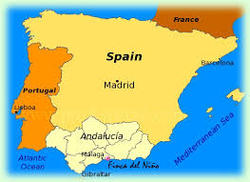 Sherry has been around for centuries and is considered one of the oldest wines in the world. Authentic sherry can only come from the southwest area of Spain, in Andalucía which is recognized by the DO (denomination de origin). There are three main towns here that form a triangle called the “Sherry Triangle”. It is from within this triangle of Jerez, El Puerto de Santa Maria and Sanlúcar de Barrameda that sherry is made. The grapes used for making sherry are Palomino, Muscatel and Pedro Ximenez. The soil, which is chalk and limestone based, the winds, humidity and seasonal changes in this area all contribute to giving sherry its unique characteristics. Sherry is known for its aromatic, salty and nutty profile and runs from dry to sweet, although the majority of sherry produced is dry. The color of sherry ranges from light straw to dark brown. The photo below was taken from a sherry seminar that I attended last year and represents a wide range of sherry colors. All sherry is aged for a minimum of three years and aged in old sherry casks using the Solera system. The Solera system is an aging process that uses new batches of sherry mixed with older ones in a tiered or pyramid structure. The bottom tier is the solera, the eldest sherry, which never entirely leave the system. The rows above contain the younger sherries (criadera). Once a portion of the wine is extracted from the solera, it is replaced with the same amount of wine from the first criadera and so on, creating a unique complexity and personality in the wine. Because sherry is a blend of different vintages it is impossible to give an exact age of a wine that has been aged in a solera. So it is possible that one could be drinking a sherry that might contain anywhere from 3 to 100 vintages! There are several types of sherry available. Here is a quick rundown on how they differ. Fino de Jerez is the youngest (usually 3-5 years old) and the driest of sherries. They age under a layer of flor (yeast). This layer of flor protects the wine from being oxidized and it also consumes all the sugar in the wine, creating a dry sherry. Fino only comes from Jerez and El Puerto de Santa Maria. Manzanilla is another dry sherry that is just like Fino, except that Manzanilla comes only from the coastal town of Sanlúcar. Both Fino and Manzanilla have more wine salinity than the other styles. They will complement fish and shellfish. Amontillado is an aged Fino or Manzanilla. Once the layer of flor fades the wine begins to oxidize and takes on a new character. It can be fortified up to 18%. The color is darker and it is less briny, but nuttier and richer on the palate. These wines pair well with white meat and game. Palo Cortado is an interesting sherry that begins as a Fino or Manzanilla but for no known reason it unexpectedly loses its layer of flor too soon. Once the flor dies, the wine takes on oxygen and requires further fortification. In other words, it does “its own thing”. This wine has richness but is crisp as well. Oloroso (‘scented’ in Spanish) intentionally never develops flor. Aging through oxidation of up to 40+ years produces a full-bodied, aromatic, dark and rich wine. Oloroso contains the most amount of alcohol in a sherry with levels of 18% to 20%. This is a great wine for hearty entrees, meats and stews. Pedro Ximenez (PX) is an intensely sweet wine and the sweetest of the sherries. The grapes are dried in the sun allowing the juices to concentrate prior to pressing. This is a rich wine that oozes raisins, nuts and fig. Cream Sherry is usually a blend of Oloroso, PX or Moscatel but can come in a variety of styles. This is a semi-sweet wine that is aromatic, dark in color with classic notes of nuts and caramel. Here are just a few of the sherries that I tasted the other day. When it comes to pairing sherry with food, there is a saying of which I have no idea of its origin: If it swims… drink with Fino or Manzanilla) If it flies… drink with Amontillado If it walks… drink with Oloroso Sherry is versatile and there is a style for everyone. Pair it with food, drink it as you would a favorite whiskey or explore mixing it in a cocktail. Sherry is making a strong comeback and I think it’s about time! Cheers! Penina To leave a comment or if you have an inquiry, please contact me at [email protected]
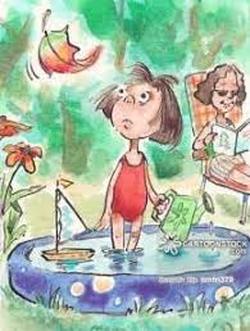 Summer is not officially over until Friday, September 22nd, but the leaves are already turning vibrant colors and the flowers seem to be giving up their desire to bloom. Sadly, my hummingbirds have begun their long migration south, signaling that autumn is indeed lurking around the corner. With the temperature falling into the low 50 degree range the other evening, I decided to open a Spanish red wine to pair with a hearty vegetable soup that I was serving. The Ribera del Duero 2012 Vina Valera Vinas Viejas hit the spot! The Virgen de la Asunción Winery is a cooperative that was founded in 1957. It is located in the heart of the Ribera del Duero, in Spain’s northern plateau and is one of 12 founding wineries of the Denomination of Origin Ribera del Duero. The vineyards are comprised of 70, 80 and 90+ year old vines that produce high-quality Tempranillo based wines, known locally as Tinto Fino. The Vina Valera Vinas Viejas 2012 is 100% Tempranillo (Tinto Fino). The grapes are harvested from 90+ year-old vines and the wine is aged for 14 months in new French oak barrels. The color of the wine is deep purple with seductive aromas of blackberry, cherry and spices. This is a smooth full-bodied wine that is rich with dark berries, spice, plum and hints of tobacco. Round tannins and a long fruit jam with a spice finish is heavenly! Alcohol: 13.5% About $25 If you haven’t tried wines from Ribera del Duero, pick up a bottle the next time you’re shopping for wine. You’ll be happy that you did! 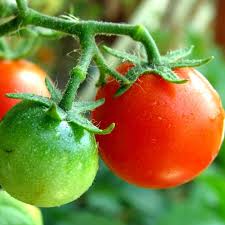 And now it’s time to pick the last of the tomatoes from my garden. Have a great day!
Cheers! Penina To leave a comment or if you have an inquiry, please contact me at [email protected] 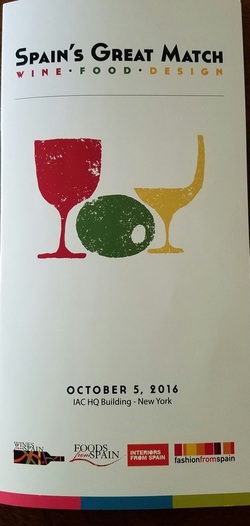 It was a beautiful day for touring the wine regions of Spain at Spain’s Great Match Wine Food Design event. There were more than 300 wines to taste from seven wine regions and culinary treats to savor from New York’s top Spanish restaurants. There were thirty-five featured denominations of origin represented in addition to several wine seminars being offered. It was a whirlwind event and I learned a lot. Spain is no stranger to wine making with a history dating back at least three thousand years. The Phoenicians planted grapes around 1100 BC in what is known today as the Sherry region. Wine commerce ended with the arrival of the Islamic Moors in 711 AD and did not commence again until the Moors were defeated in 1492. Jumping ahead to the present, according to the International Organization of Vine and Wine, as of 2015, Spain ranks 3rd in wine production, with Italy and France taking the lead. An interesting fact: Spain has more land devoted to vineyards than any other European country. Over 400 varieties of grape are planted throughout Spain. Here is a very small list of principle indigenous grapes. Tempranillo is Spain’s most famous and noble red grape. Garnacha, Mencía, Monastrell and Cariñena are just a few of Spain’s other noted red grapes. Albariño, Verdejo, Godello, Palomino, Malvasía Moscatel and Xarel.Lo are among some of Spain’s well-known white grapes. In future posts, I’ll be talking about Cava Sparkling Wine, Spain’s answer to Champagne and Sherry, a fortified wine that originated in Spain. In the meantime, I have put together a mini slide show to give you a "taste" of the event, because sometimes a picture is worth a thousand words! And yes, the wines were delicious and memorable! Just click on the photo to pause, forward or reverse. Have a great weekend!
Cheers! Penina 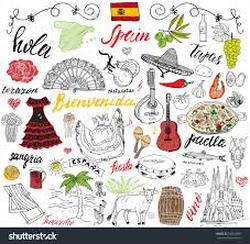 It’s a perfect day for a trip into the Big Apple. I’m attending Spain’s Great Match: Wine Food Design. In addition to a walk around tasting, I will be attending a few seminars as well. 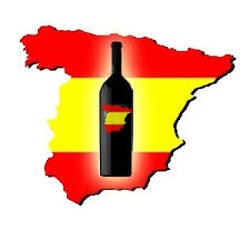 I’m sure I will have lots to share with you upon my return from “Spain”. Have a great Wine Wednesday!
Cheers! Penina It was a “feel good” day on Thursday. A portion of the day was spent with Otis, a service dog in training from Puppies Behind Bars. There is nothing like the unconditional love that these dogs give. I love volunteering and socializing these terrific pups!  Towards evening I met up with some friends for some fun banter and light fair. I tasted a 2014 Bodegas Muga Blanco from Rioja, Spain. The wine is a blend of 90% Viura and 10% Malvasia grapes. Gold in color with a green tinge to it, this was a light and crisp wine. The nose offered apple, honey and citrus that carried through to the palate. Pear and spice slid into a surprisingly long finish. Very nice! http://www.bodegasmuga.com It’s hard to believe that the weekend is already here. What will you be eating and drinking? Please share!
Happy Friday! Cheers! Penina  It was a busy Wednesday and in between dealing with business, I was on a search for fresh escarole. None was to be found. It seems that due to the weird weather we’ve been experiencing, the winter crops are not fairing well and most markets aren’t selling escarole right now. I was hoping to put together a pasta dish of sautéed escarole, cannellini beans and shrimp. So, I improvised and used broccoli rabe, which actually ended up giving the dish a little more dimension. We started the meal with a small serving of Tomato Basil Bisque and homemade peasant bread. 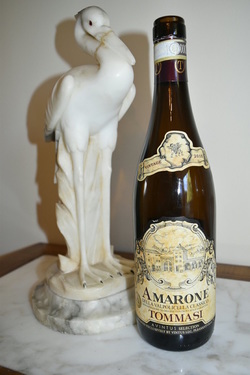 Prior to serving the soup, I opened a bottle of 2010 Tommasi Amarone della Valpolicella Classico. Instead of rich dark fruit aromas, there was an overwhelming mustiness that carried over to the palate. By the time we finished our soup, the wine had developed a small trace of cherry and plum on the palate with the mustiness still in the forefront. I was disappointed to say the least, but it was not worth waiting to see if the wine got any better. So we left “Italy” and traveled to “Spain” and opened a 2009 Bodegas San Prudencio Depadre Rioja. I reviewed this wine in June and it was even better than I remembered. My previous review: “The color was a dark Syrian amethyst with heady aromas of dark fruits and floral bouquet. Made from Tempranillo and Garnacha, this multi-layered wine exploded on the palate with blackberry, cherry, anise, espresso beans and a hint of vanilla. It was quite impressive with a long finish. This is a wine with a lot of character and depth.” And, it is a full-bodied wine with medium tannins. Alcohol: 13.5%. http://bodegasanprudencio.es The wine paired well with the rest of the meal. Happy Thursday!
Cheers! Penina  Once again, I’m taking a deep breath and exhaling. The last 24 hours has really tested my patience for insensitive people and chronic complainers. However, it’s a brand new day and it's getting closer to the weekend! Yippee!! 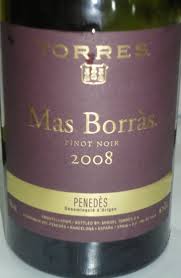 I need to backtrack to Tuesday night. A mellow evening with a good friend and a bottle of 2008 Miguel Torres Mas Borràs was pure bliss. This 100% Pinot Noir comes from a small single vineyard in the Penedes region of Spain, close to the Mediterranean. The color was deep garnet with heavenly aromas of cherry, pomegranate, spice and rich loam. The palate was packed with red fruit, purple plums and a hint of spice. Soft tannins and a jammy mouth-feel gave way to a long and silky finish. http://www.torres.es/en/home  This might be a good night to curl up by the fire with a good book and a snifter of cognac. Have a great Thursday! Cheers! Penina |
Categories
All
|

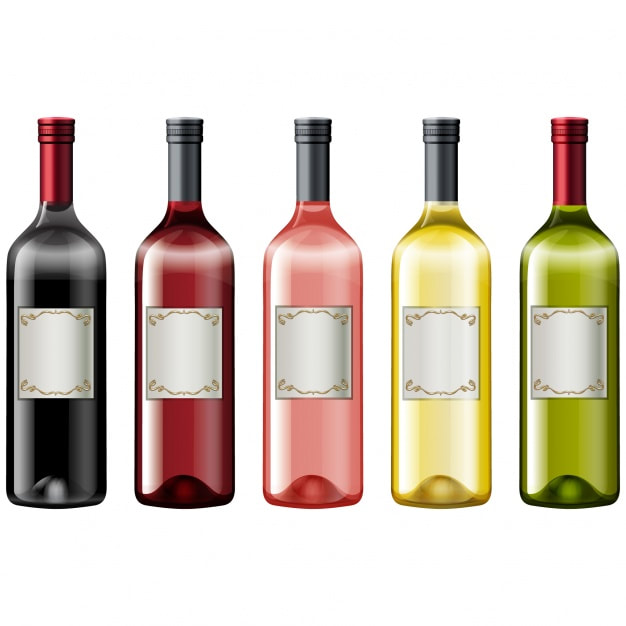

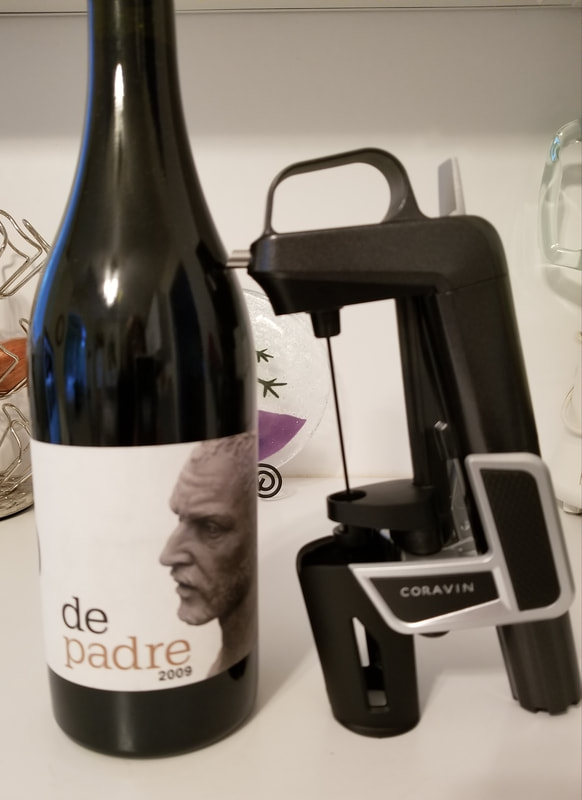
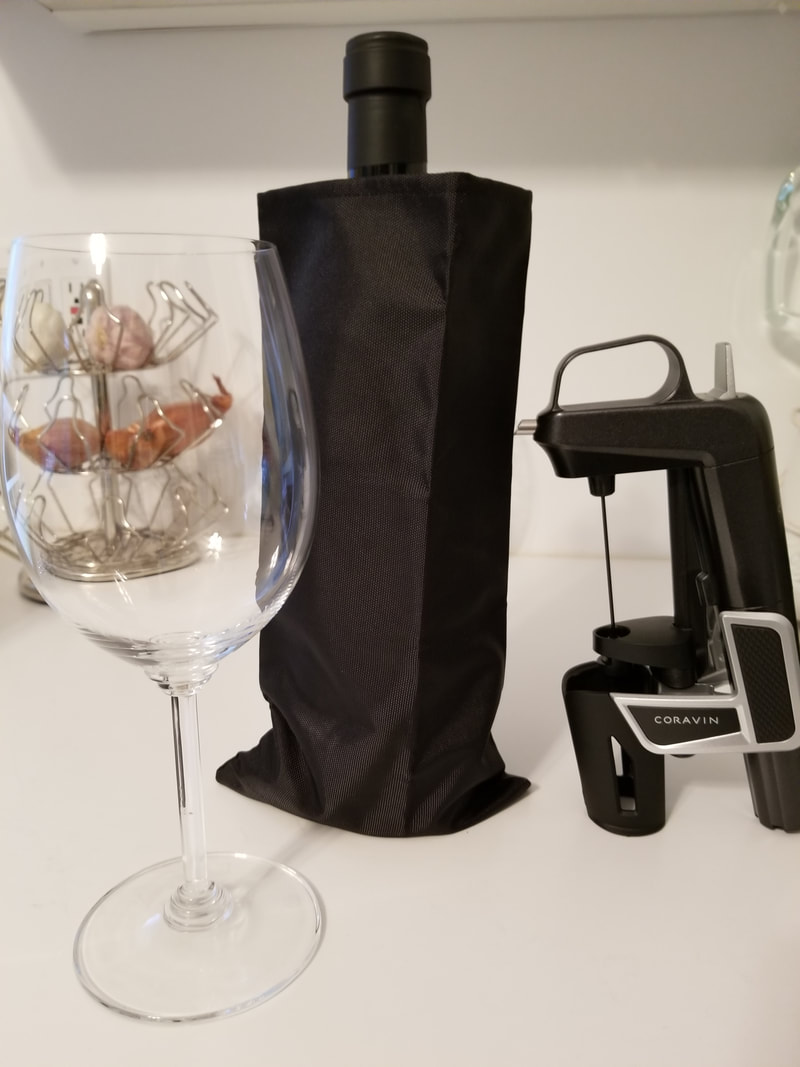
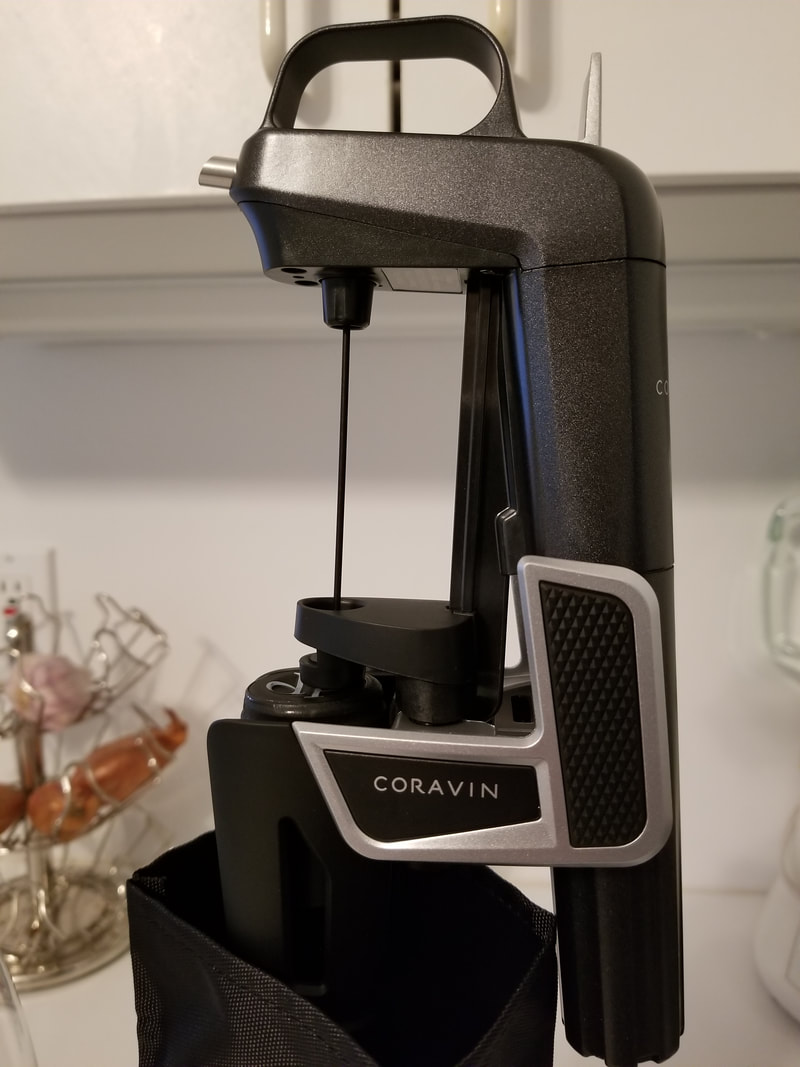
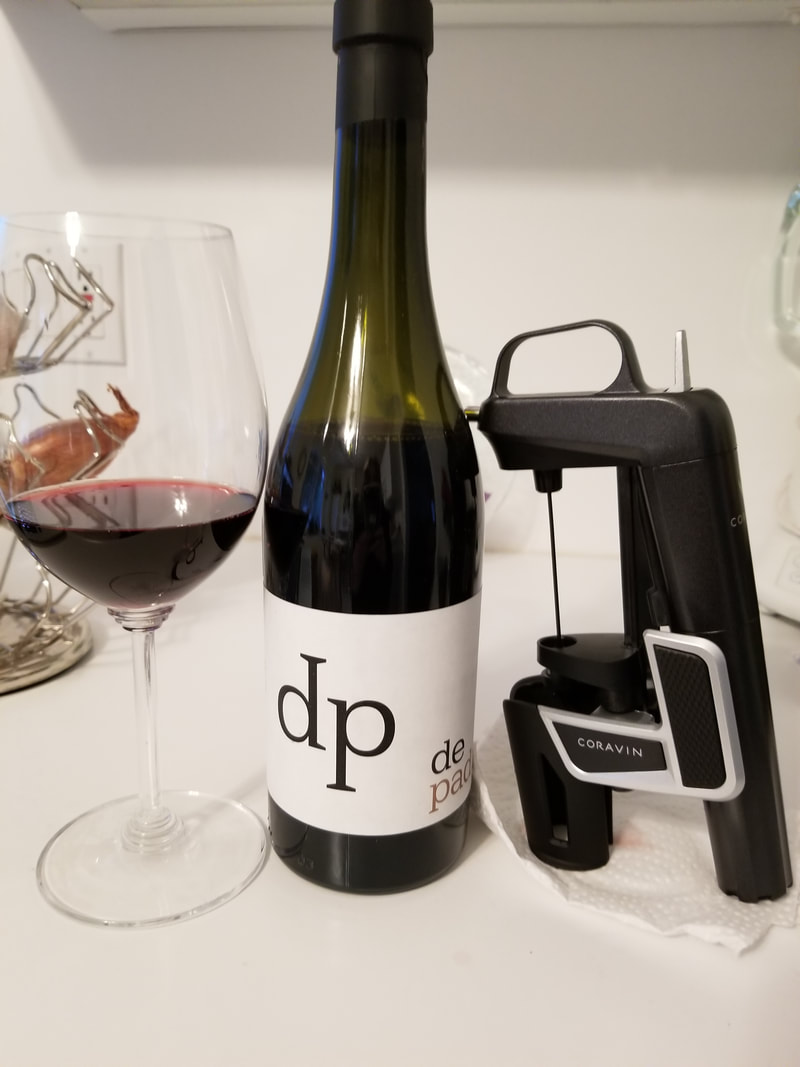
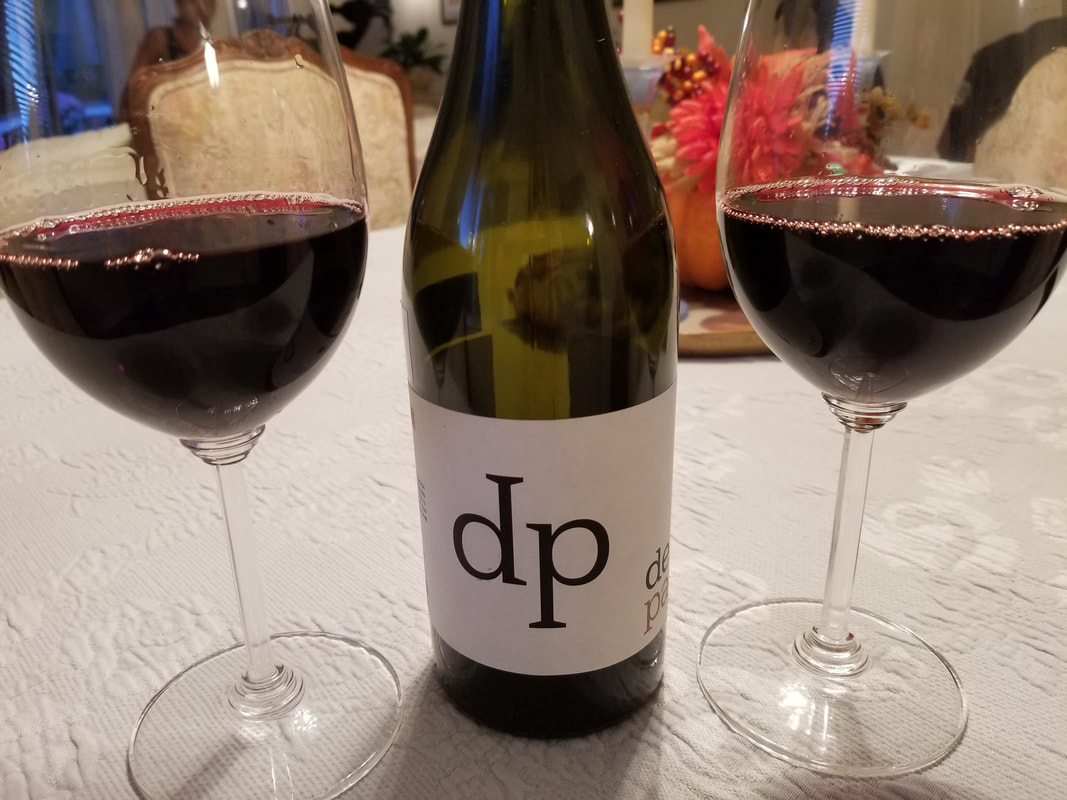
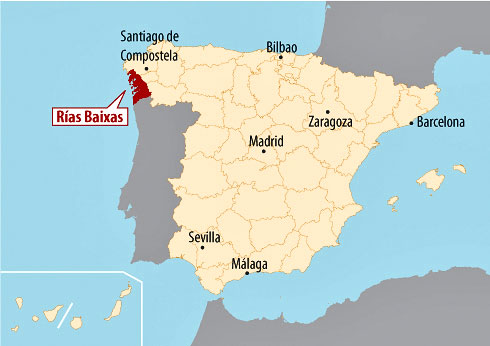
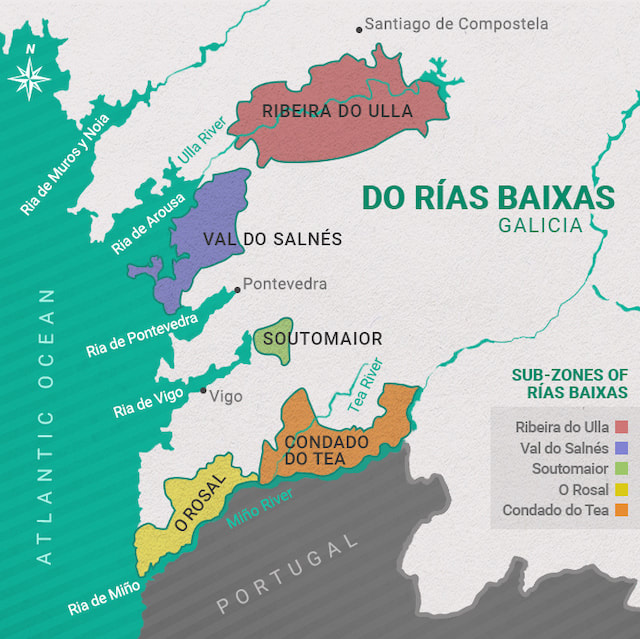
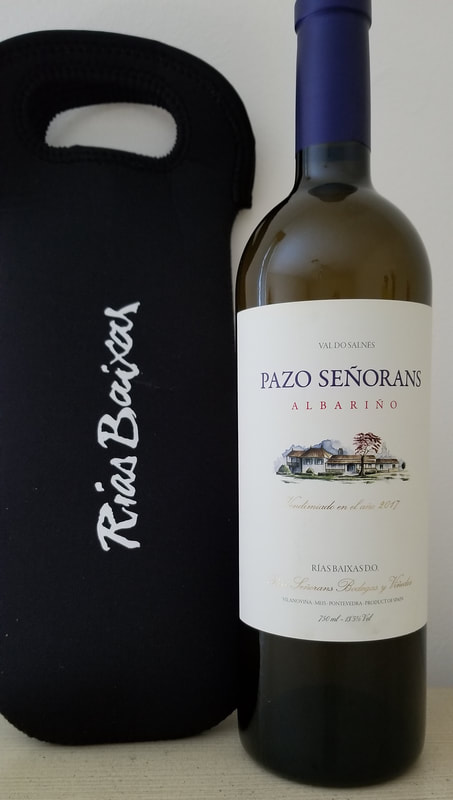
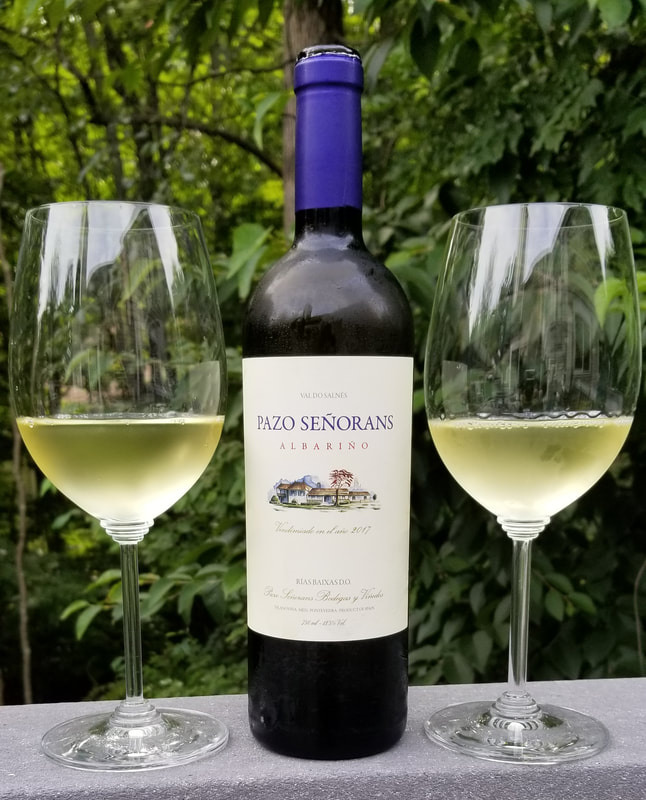
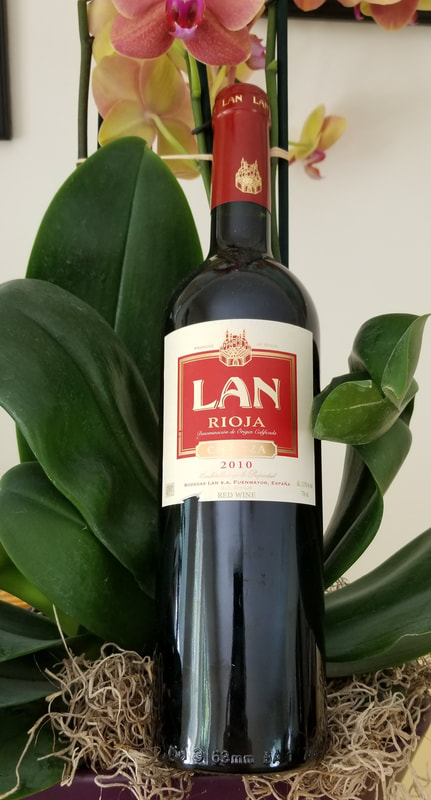
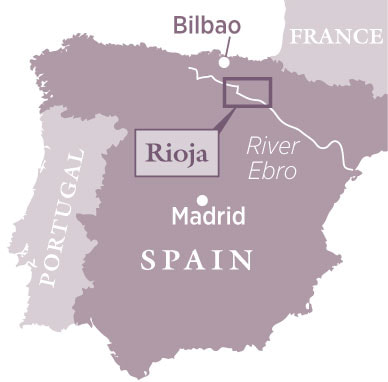
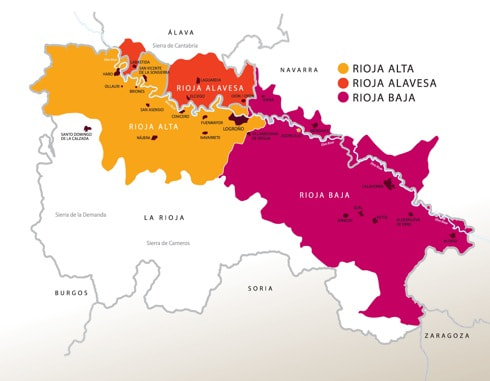
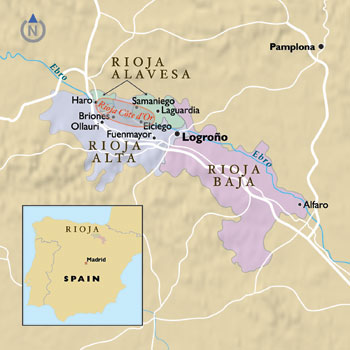
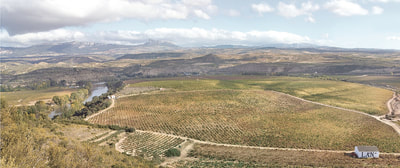
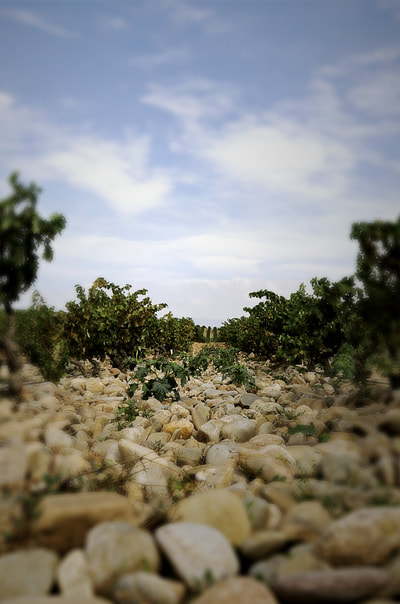
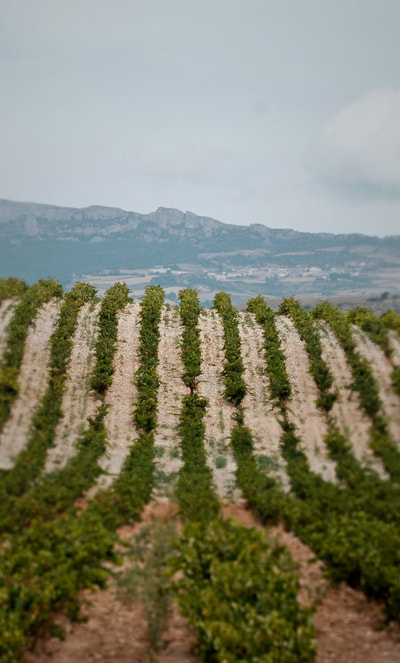
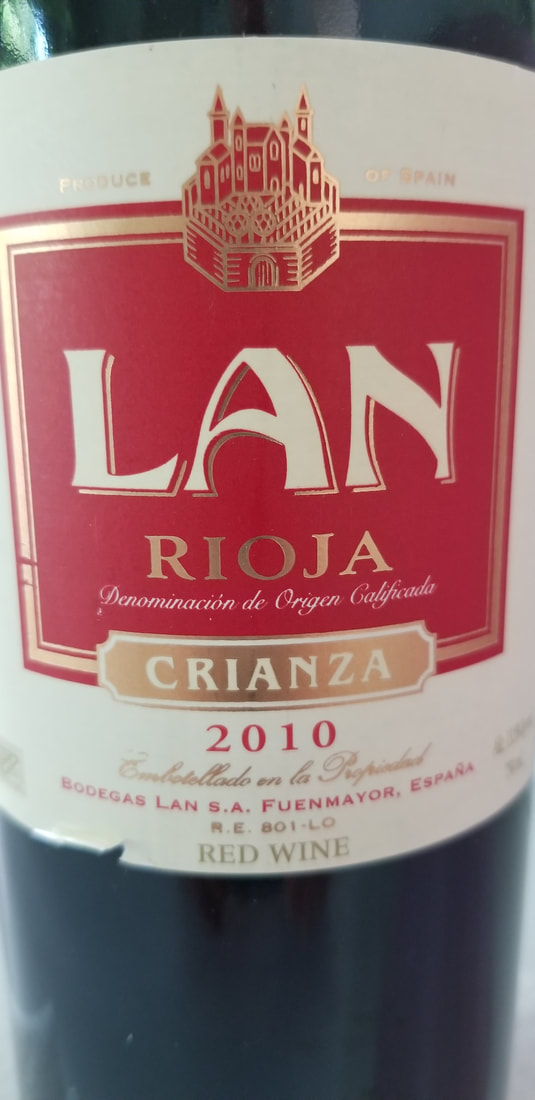
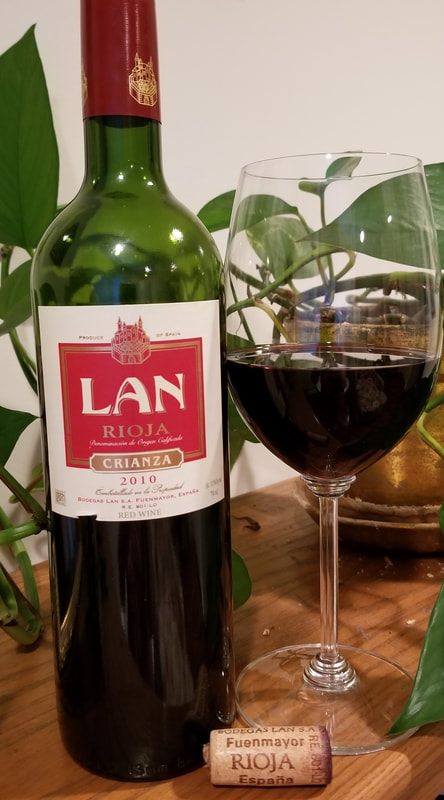
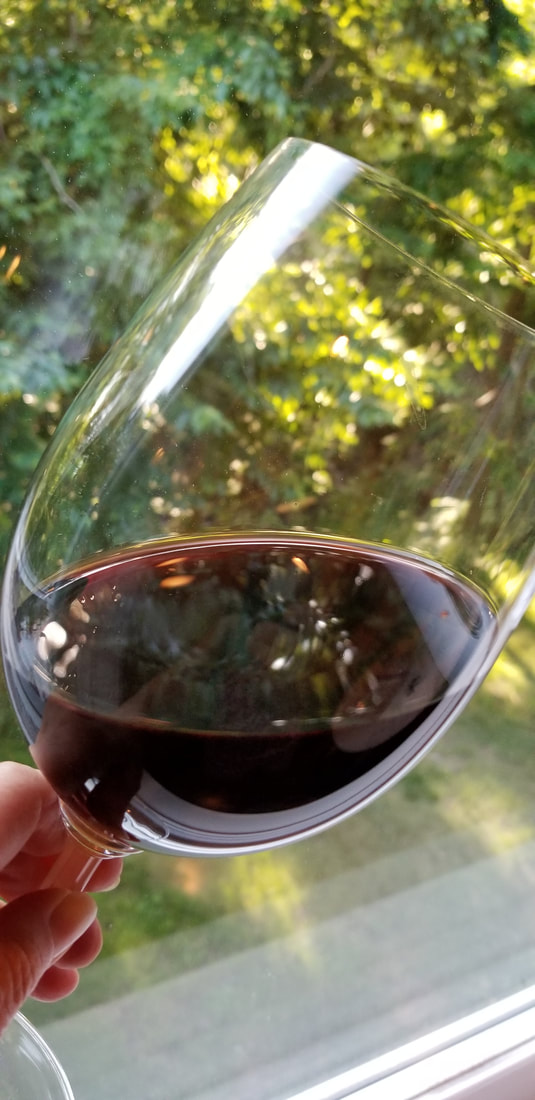
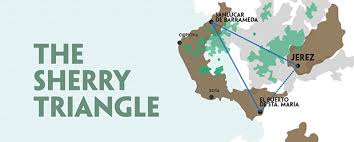
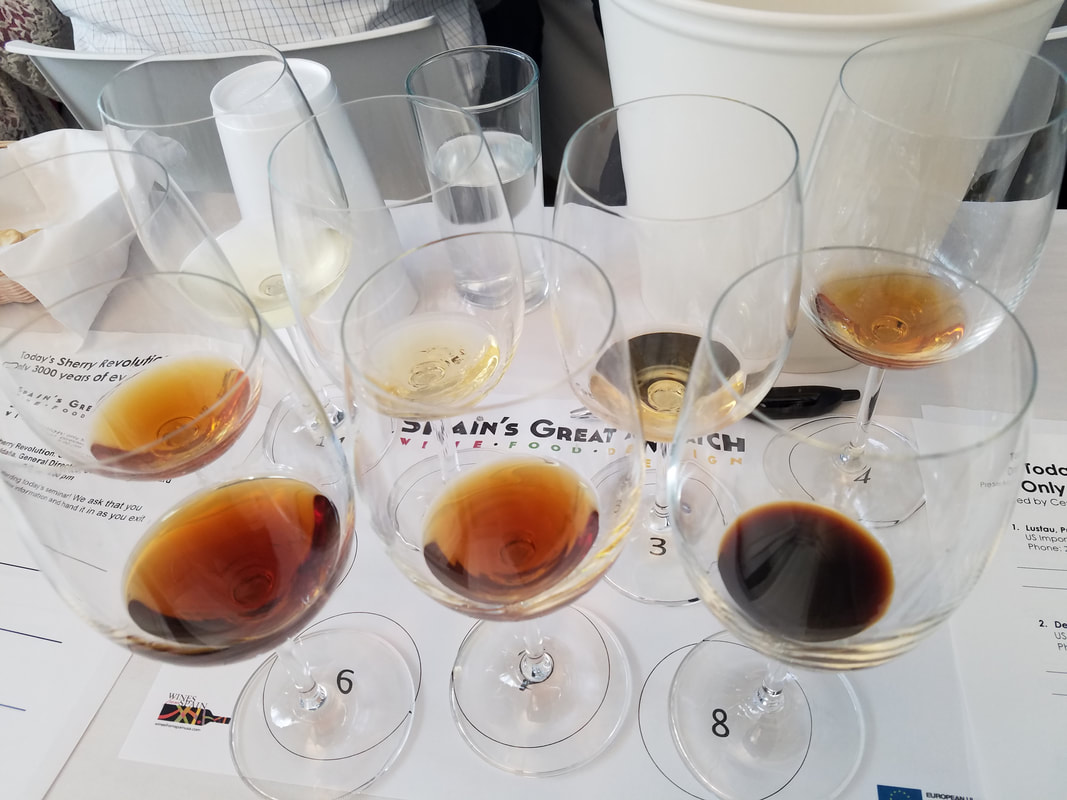
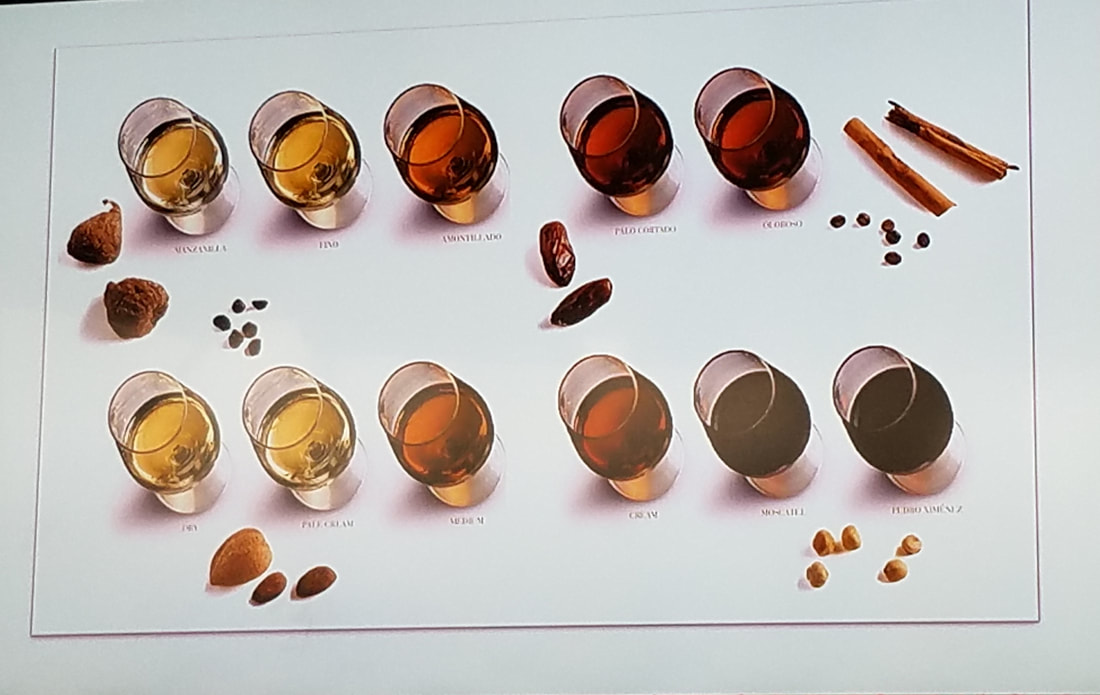
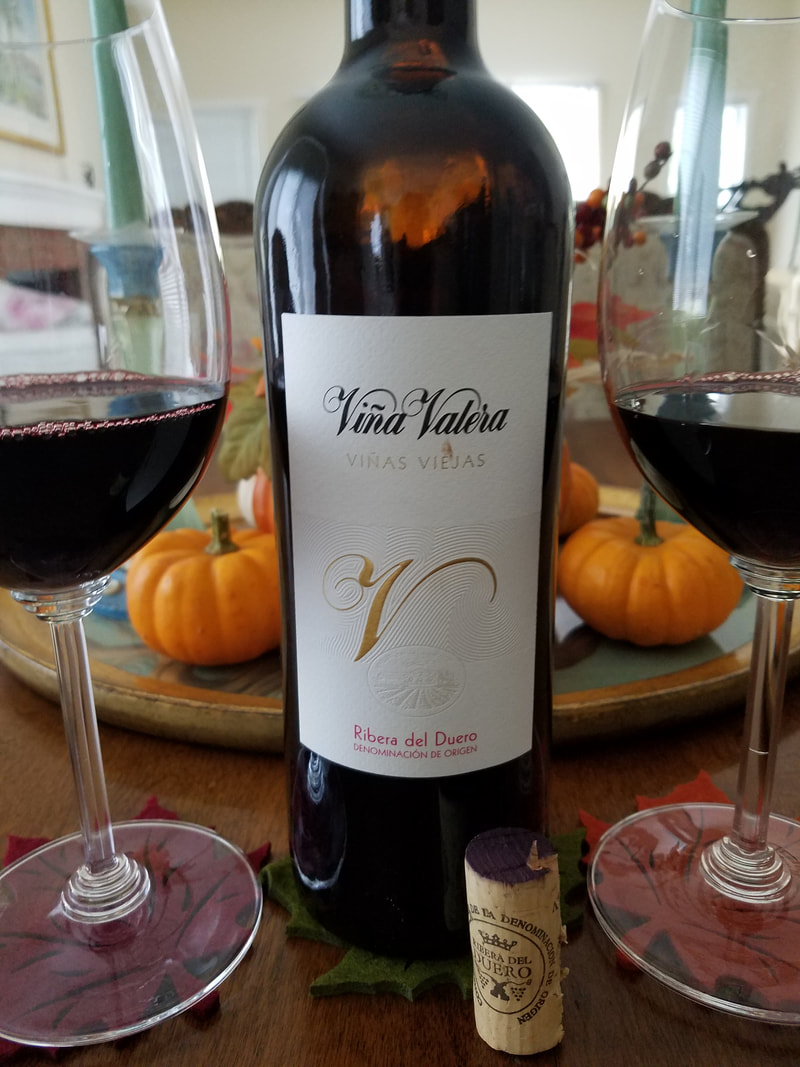
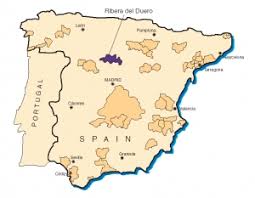
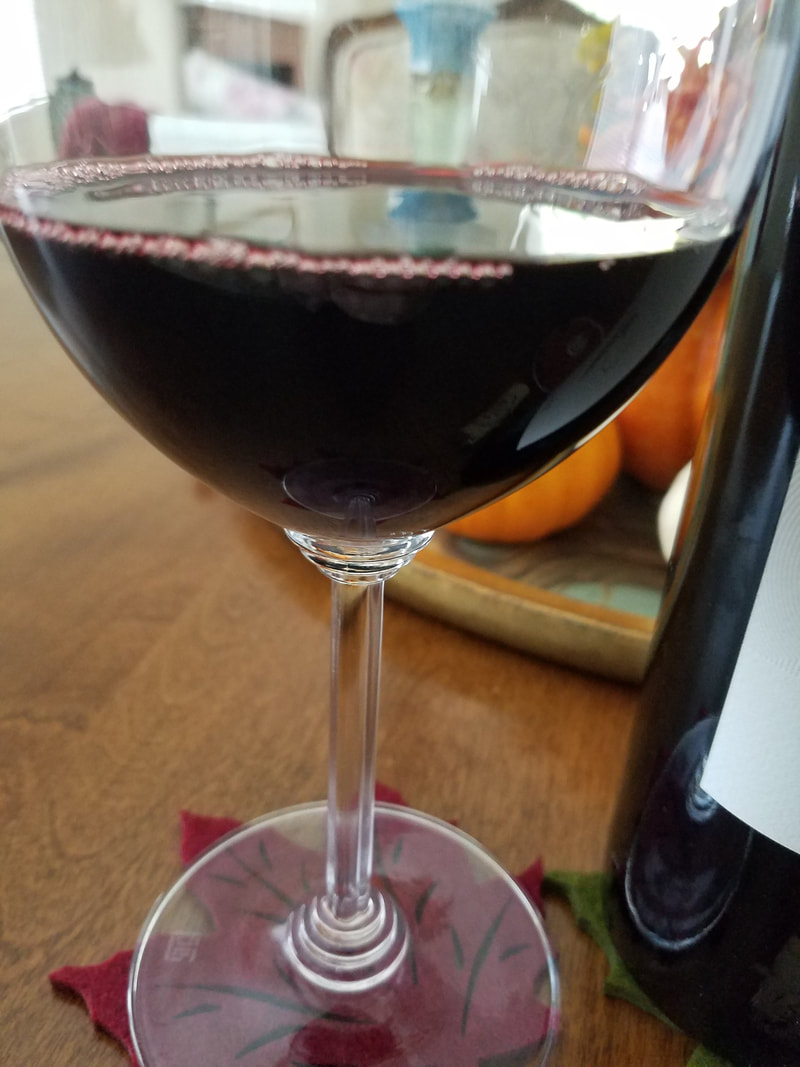
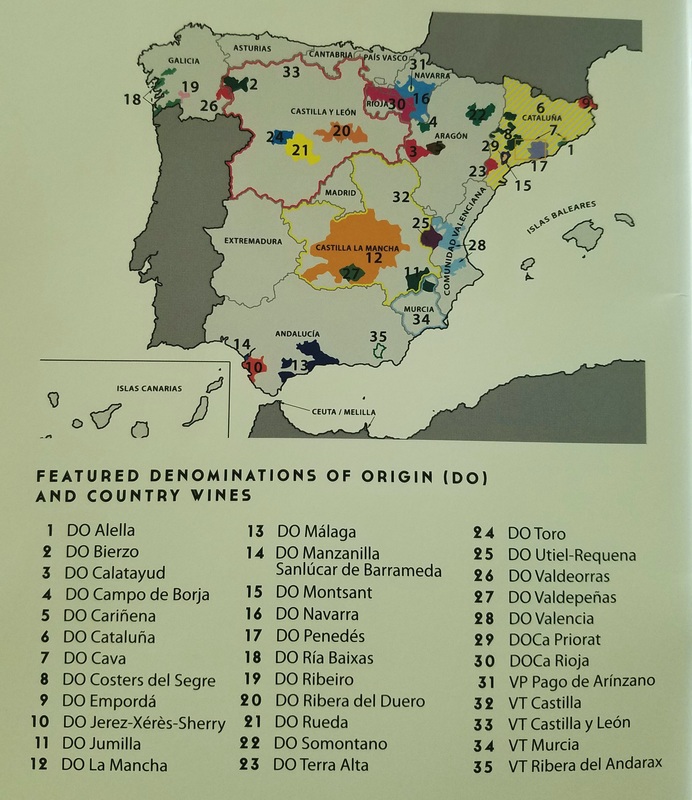

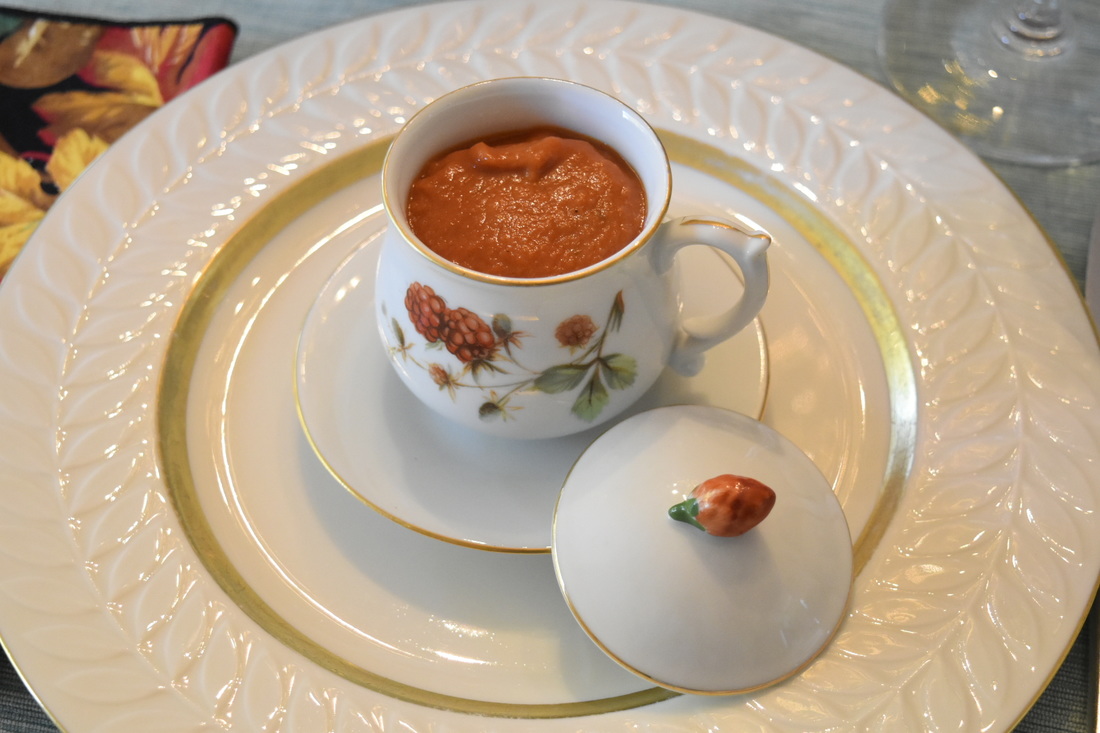
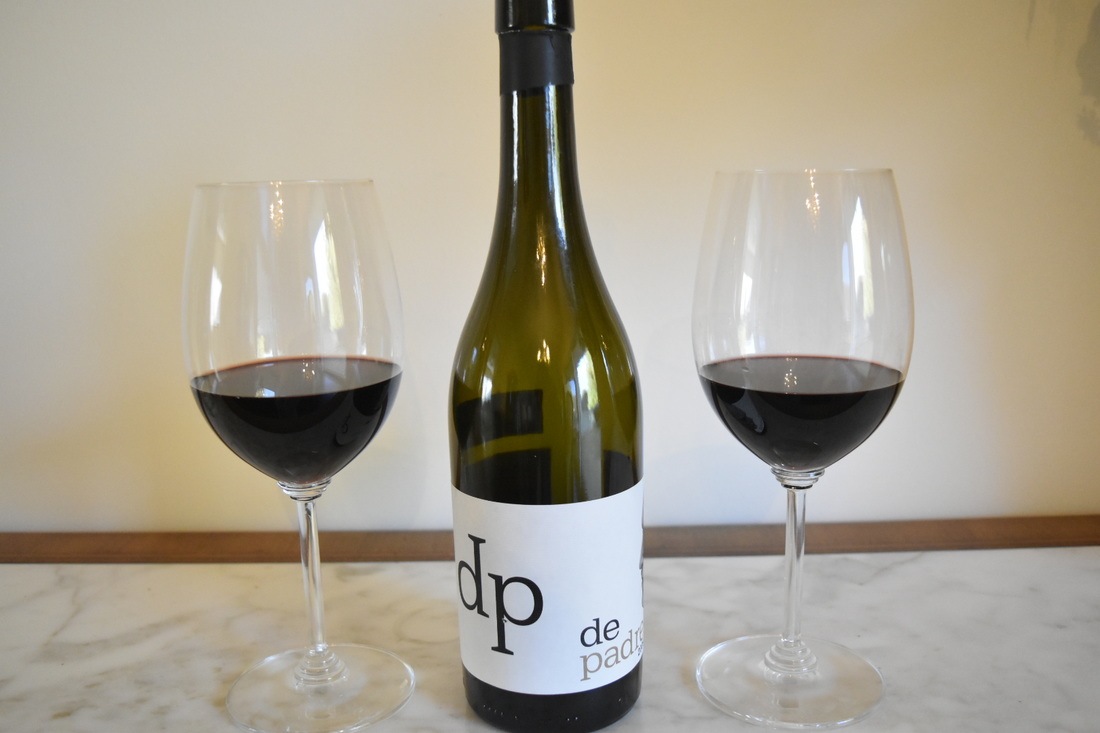
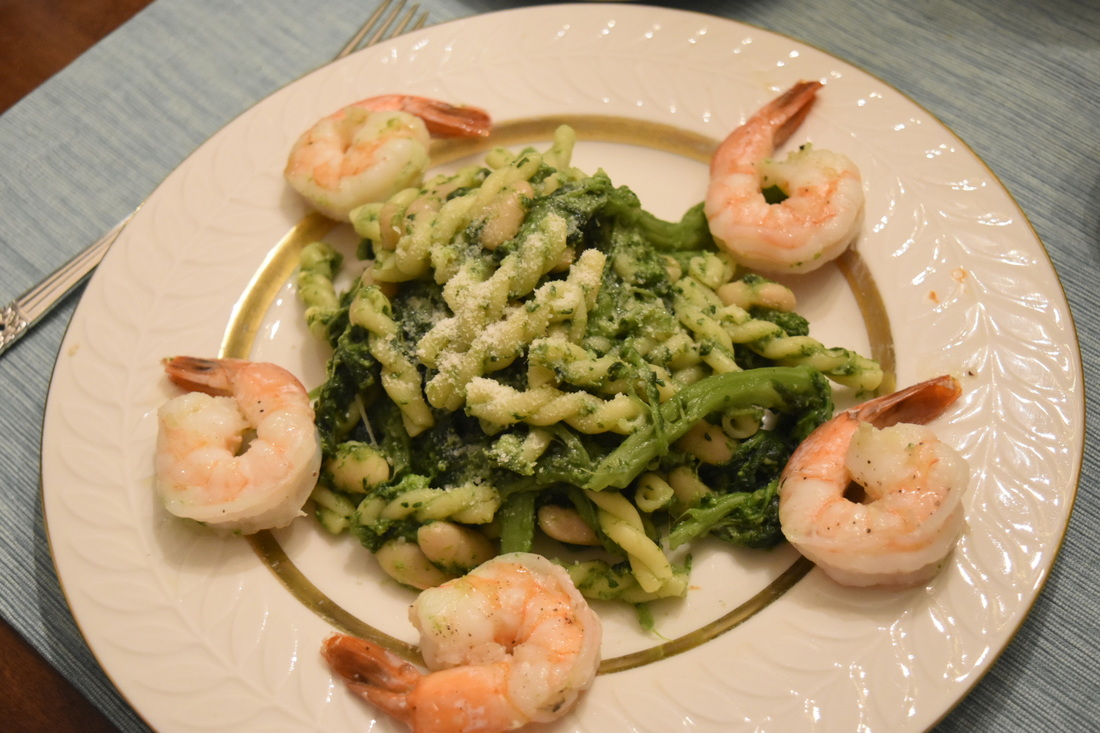
 RSS Feed
RSS Feed